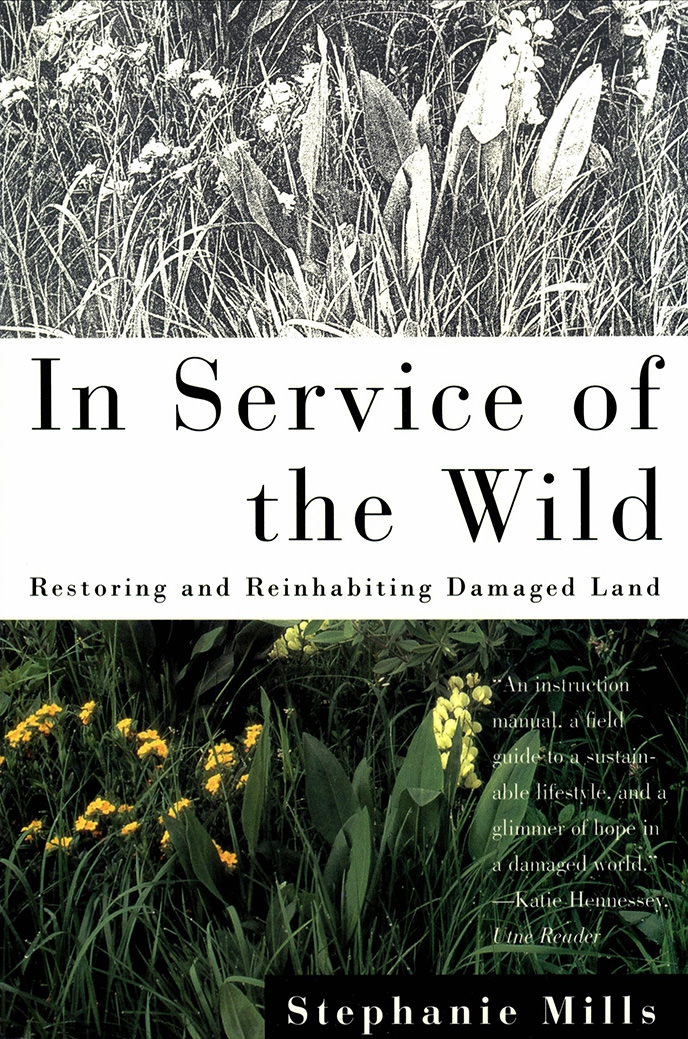KIRKUS REVIEW of In Service of the Wild: Restoring and Reinhabiting Damaged Land
An uncommonly clear, commonsensical argument for rehabilitating damaged landscapes and moving toward what the author calls the “future primitive”. Mills (Whatever Happened to Ecology?, 1989) is one of the leading proponents of the “bioregional” movement, a place-based environmental consciousness that has grown from a nice idea of the ’60s into a powerful ethic. Mills’s place is the deciduous forests of upstate Michigan, where she has taken once badly overworked land and made it her own. Fierce in her attachments and passionate in her writing, Mills tackles hard questions head-on: How to we reconcile economic growth with conserving, or better, preserving wild places? Under this huge American sky, why worry about a few backwoods places that have suffered ill use at human hands? Can’t the Earth take care of itself? Melding old-hippie and New Left sensibilities with a keen respect for scientific precision, Mills proposes a program for restoring the land’s poor cousins – overlogged forests and played-out fields, wildcat dumps and silted-up rivers – to something of their former health. This is not, she recognizes, easy or even pleasant work, and it reminds us of our failings: “To begin a true and lasting restoration,” she writes, “it is necessary to travel imaginatively back through time to earlier, less disturbed landscapes to develop an authentic vision of what to restore to. How else can we view the losses, the irreparable gaps rent in the fabric by extinctions, but as remonstrance?” Taking side trips to the Himalayas…and salmon runs in the Northwest…and, most affectingly, to Auroville, India, where a once-barren tropical plateau has been reforested, Mills shows how this hard and necessary work can be done. Good writing and good thinking make this book fuel for long reflection.
